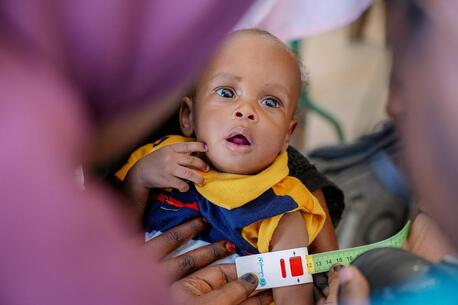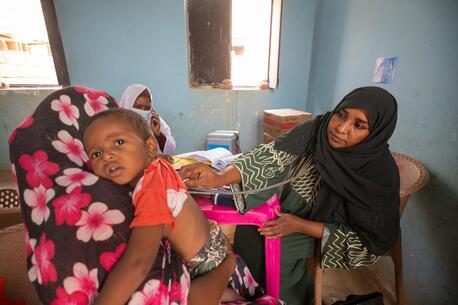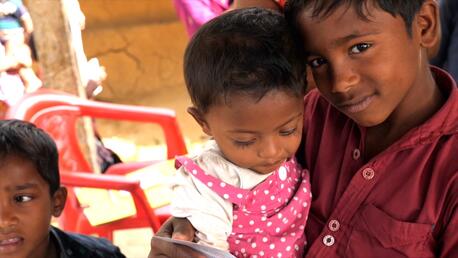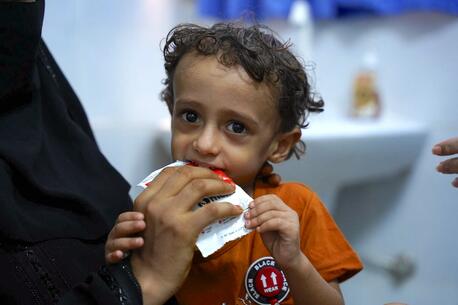
Acute Malnutrition Surges in Yemen
The number of acutely malnourished children under age 5 rose 34 percent in the past year across Government of Yemen-controlled areas. UNICEF and partners are providing children with urgent nutrition support.
Conflict and socioeconomic collapse have created a dire situation for Yemen's children
Diseases like cholera and measles, high food insecurity, limited access to safe drinking water and economic decline are fueling a sharp rise in acute malnutrition rates among vulnerable children in Yemen, according to an analysis conducted by the Integrated Food Security Phase Classification (IPC) Technical Working Group.
More than 600,000 children, including 120,000 children who are severely malnourished, need urgent assistance. For the first time, conditions are extremely critical in Yemen's West Coast region. In the same catchment area, around 223,000 pregnant and lactating women were also found to be acutely malnourished.
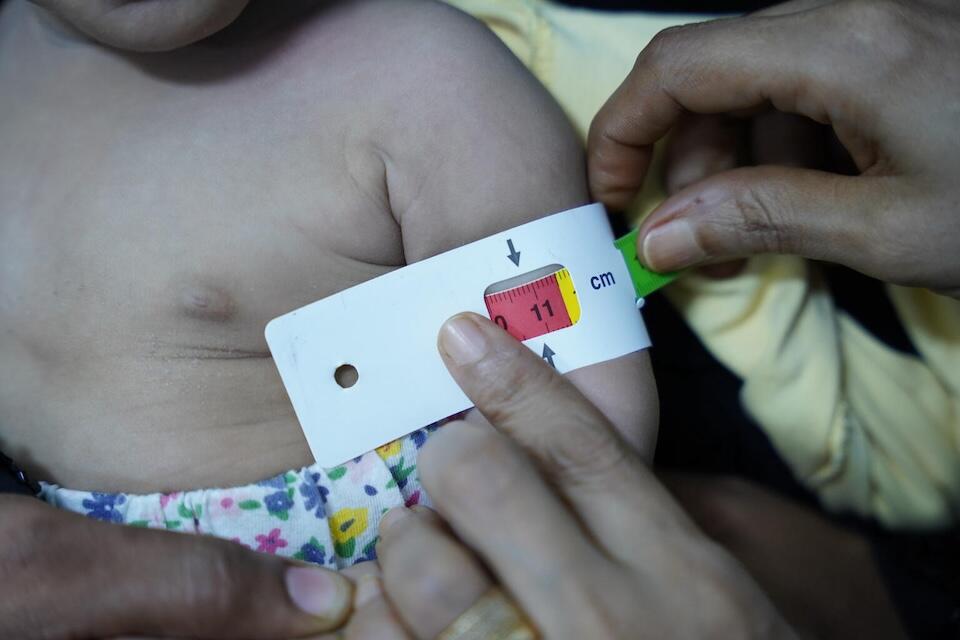
Yemen has some of the world's highest malnutrition rates
The most severe level of malnutrition under the IPC's classification system, extremely critical acute malnutrition, applies to areas where the prevalence of malnutrition rises above 30 percent. This level reached unprecedented highs in Hodeidah southern lowlands and Taizz lowlands during the period from November 2023 to June 2024. In Hodeidah, the prevalence of acute malnutrition soared to 33.9 percent from 25.9 percent year-over-year.
From July through October 2024, the lean season months when there is minimal agricultural activity, all 117 districts in the Government of Yemen-controlled areas covered in the survey are projected to experience serious levels of acute malnutrition or worse (IPC Acute Malnutrition phase 3+); Mawza district in Taizz lowlands is also projected to slip into the extremely critical level (IPC AMN phase 5).
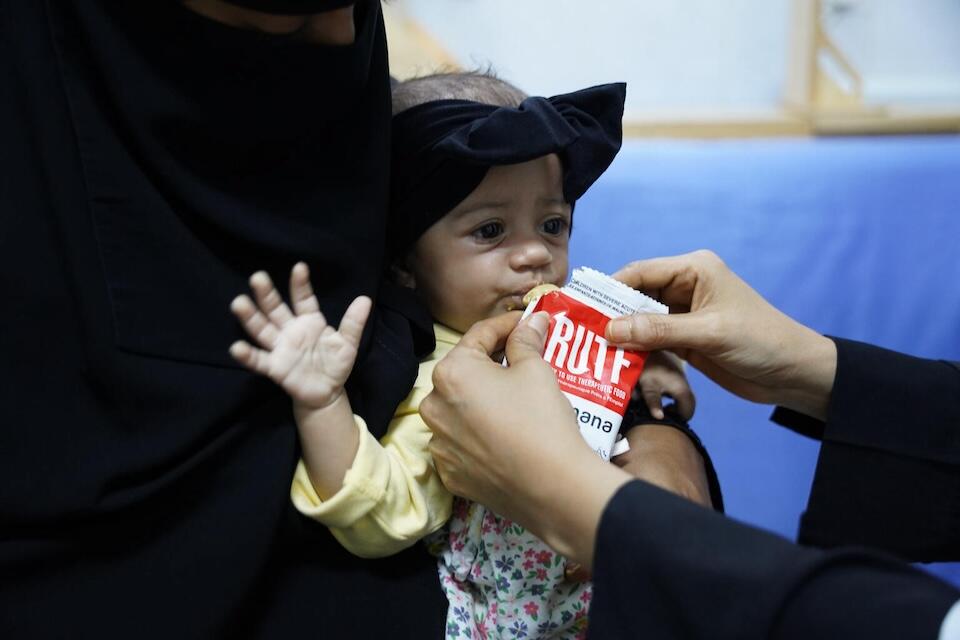
An urgent need for investment in and scale-up of efforts to prevent and treat malnutrition
The ongoing conflict in Yemen has led to widespread economic collapse over the past eight years, shattering social systems and uprooting families, interrupting their livelihoods and cutting off access to basic services. Severe food insecurity and poor feeding practices, including suboptimal breastfeeding practices, are making a bad situation even worse, leading to some of the highest malnutrition rates in the world.
“The report confirms an alarming trend of acute malnutrition for children in southern Yemen,” said Peter Hawkins, UNICEF Representative to Yemen. “To protect the most vulnerable women, girls and boys, an investment in and scale-up of prevention and treatment efforts are more critical than ever. We will continue to do everything we can including building on the existing multi-sectoral response to fight the life-threatening forms of malnutrition so that children can survive and grow to their full potential.”
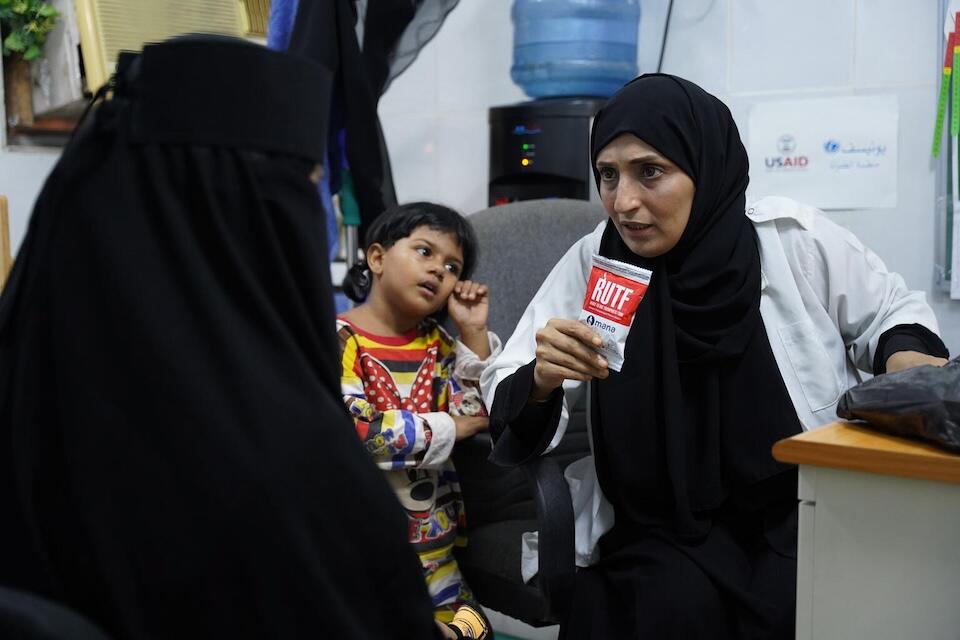
UNICEF and partners are working to protect the lives and futures of Yemen's children
UNICEF is working with UN partner agencies to address these challenges and build the resilience of Yemeni people, while calling for an end to the conflict and a restoration of peace. As part of its ongoing response to the crisis in Yemen, UNICEF plans to treat an estimated 504,000 severely malnourished children this year alone.
Speaking with UN News from Sana'a on Aug. 20, 2024, Hawkins said, "At the end of the day, our job, UNICEF and the UN, is to ensure that the humanitarian imperative is delivered upon: That children get health care, that children's nutritional status is not compromised, that children are able to get food, that women and girls are able to access literacy and numeracy, and learning opportunities, so that they can seize on opportunities for themselves in life."
Read more about UNICEF's work for children in Yemen.
Your support can help UNICEF reach more children in need. Please donate today.
HOW TO HELP
There are many ways to make a difference
War, famine, poverty, natural disasters — threats to the world's children keep coming. But UNICEF won't stop working to keep children healthy and safe.
UNICEF works in over 190 countries and territories — more places than any other children's organization. UNICEF has the world's largest humanitarian warehouse and, when disaster strikes, can get supplies almost anywhere within 72 hours. Constantly innovating, always advocating for a better world for children, UNICEF works to ensure that every child can grow up healthy, educated, protected and respected.
Would you like to help give all children the opportunity to reach their full potential? There are many ways to get involved.



